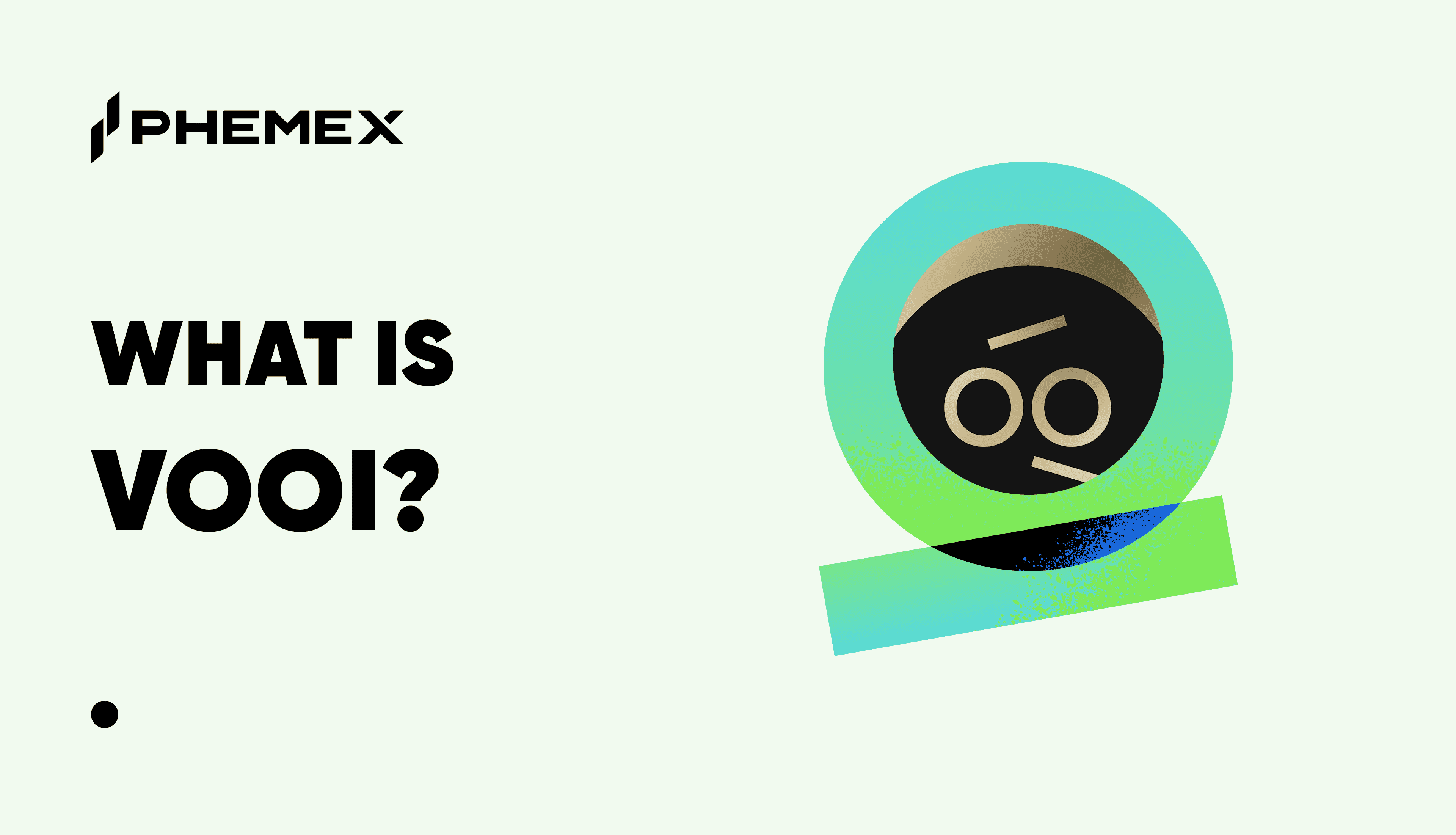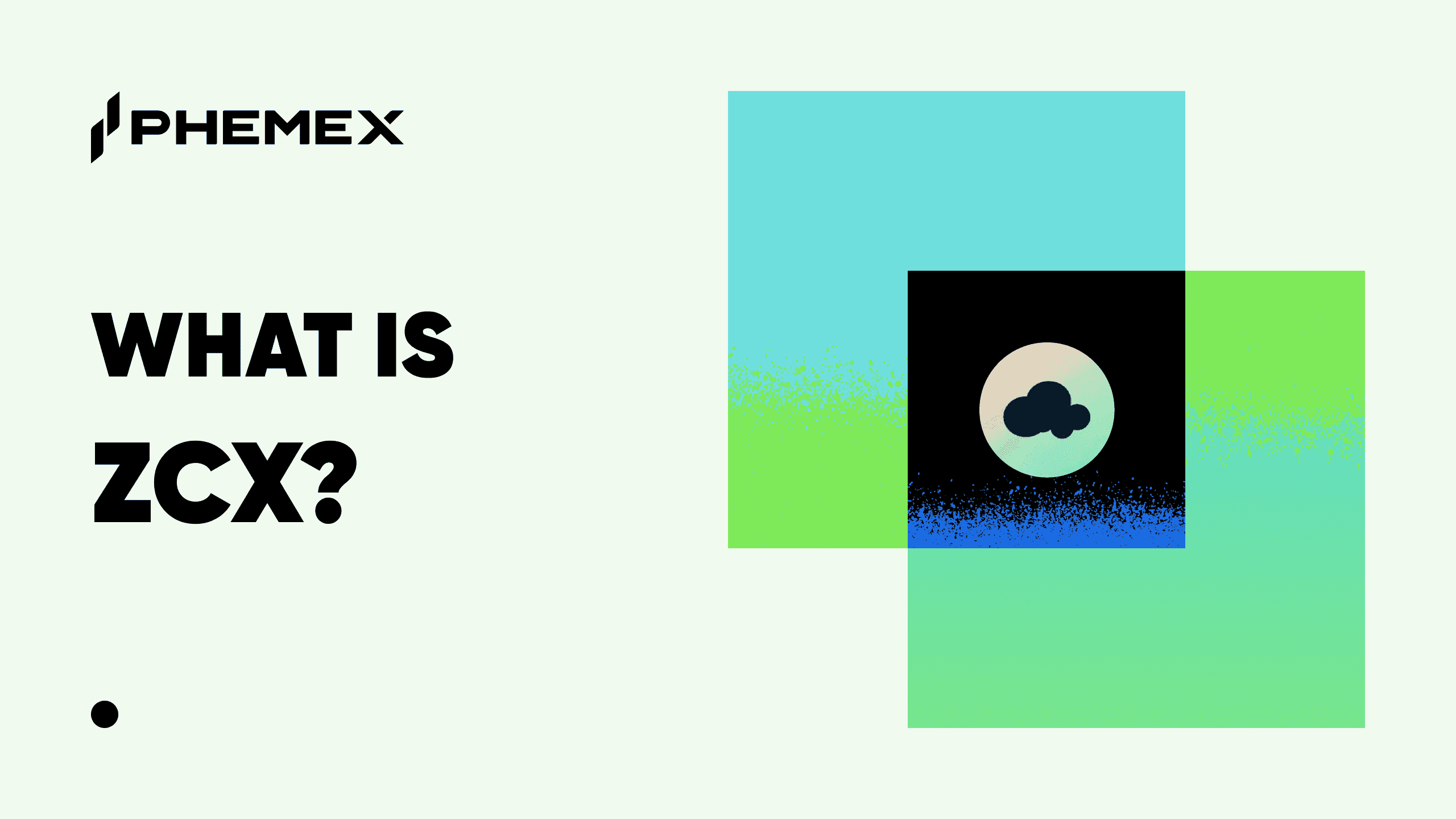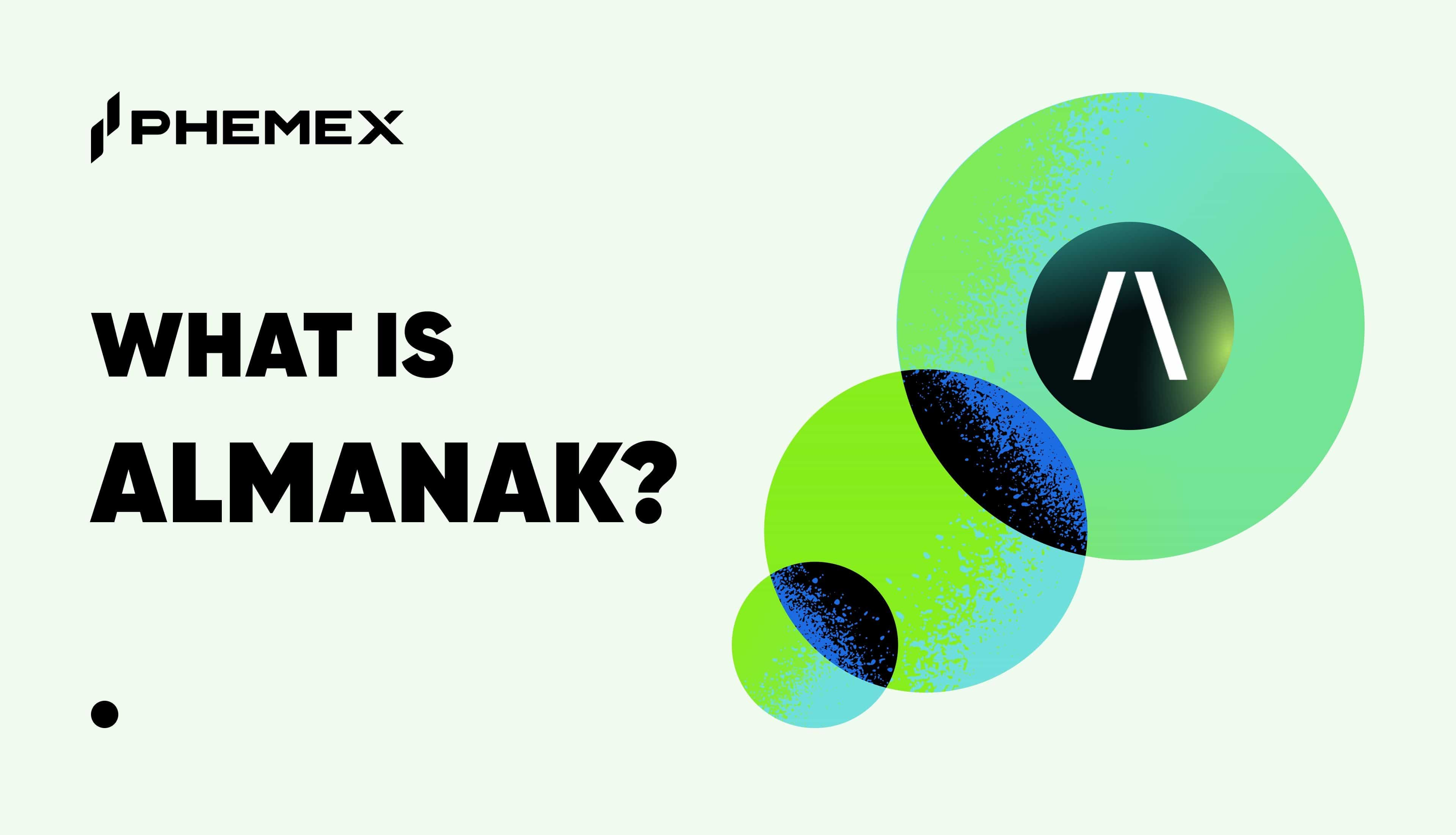
When you consider cryptocurrency and the concept of decentralization, tokens come to mind. Standard blockchain tokens and NFTs may attract the attention of the majority of Web3 investors, but there are also other types of tokens waiting to be explored.
A significant advancement for certain project tokenomics is the veToken model. The veToken concept, which descended from Curve(veCRV), was imitated by several DeFi protocols and underwent numerous stages of transformation, including xToken and stToken. The core of the veToken idea is the locking up of its native token and empowering voting rights, generating decentralized governance to maximize benefit. We will take you through the development of veToken and how it functions in the decentralized Web3 society.
What is veToken?
Several DeFi projects give governance tokens that enable user participation and decision-making powers. Users who interact with the network, such as by staking assets or providing liquidity, often earn these tokens as rewards. Yet, many users are not dedicated to the long-term vision of any one protocol, and are more interested in switching between projects in an effort to find the most lucrative prospects. As a result, the price of the project’s token is constantly under selling pressure since these yield farmers frequently sell the tokens they earn on the open market right away.
To solve this issue, Curve Finance created a new, more intricate tokenomic model that encourages users to lock up their CRV tokens for predetermined amounts of time in order to fully benefit from governance participation. Users of Curve can choose to lock their CRV in exchange for (vote-escrowed) veCRV, with longer locking periods producing more veCRV. The token value benefits due to the reduction of sellable CRV supply from the market, and veCRV holders are more tied to the long-term success of the protocol. When a CRV is locked, a veCRV is given in exchange. This veCRV is not transferable, and it gradually decreases in value until the CRV lockup period is over and the user may get their original CRV back.
Long-term staking, such as the Curve lockup, is the basis for the veToken mechanism. The economic interests and voting rights of the tokens are effectively stratified through the locking of positions. The main characteristics of veToken involve non-transferability and no intrinsic economic value.
How does veToken work in decentralized governance?
Theoretically, a token is not necessary for a blockchain initiative to be successful. A token is necessary, though, if you wish to decentralize a project and encourage participation in it. Let’s use the example of CRV token again as it’s where the veToken first came onto the stage.
Due to the system’s extreme token issuance compared to other decentralized finance tokens, the veCRV launch in 2020 received harsh criticism from the crypto community. In August 2020, Curve also attracted criticism when its founder claimed 71% of the protocol’s voting power in response to Yearn.finance’s escalating dominance.
But, when the Curve Wars started in 2021, veToken fully asserted itself. For users to construct liquidity pools connected to their projects while inheriting the liquidity on Curve Finance, Curve Finance designed a permissionless factory pool. A percentage of the CRV tokens, which come from emissions, protocol fees etc., will go to each pool. The amount of distributed CRV to each pool was determined by veCRV in the governance process.
To earn the biggest CRV cake, one must compete in Curve Wars and fight for access to veCRV. Several dozen DeFi projects are engaged in the veCRV race and numerous protocols have been developed purely to get ahead in the Curve Wars. While there are so many players participating in this power struggle due to veToken mechanisms, it provides significantly more sophisticated governance processes than the majority of decentralized finance tokens.
veToken: Is it reliable and secure? Will it help improve the transparency of the Web3 community?
As mentioned, veToken helps strengthen long-term adherence to the protocol. Users are encouraged to make decisions that are in the protocol’s best interests rather than their own by the simple reality that tokens are locked for up to several years.
Owners of locked tokens are also rewarded financially for casting a vote on protocol changes. Users vote for DAOs to get allowances on the release of new tokens in these «gauges,» which are held on a regular basis. Owners of veToken receive money without having the option to sell their tokens, and liquidity providers that have veTokens earn higher profits.
Regarding security and reliability, as you can see from Curve Wars, not all participants can sell their tokens, and there are relatively few tokens on the open market. As a result, it is extremely difficult to acquire more than 50% of the tokens and carry out a governance takeover.
Although veToken is far from a miracle cure, it is nonetheless a much more complex model than most other tokenomics. The utility of the veToken makes it possible to align the interests of every participant, and also, the veToken offers incentives that are much more in line with the real finance sector. As a CEX prioritizing transparency, Phemex will look into a variety of potential mechanisms involving veTokens for our users’ interest.








